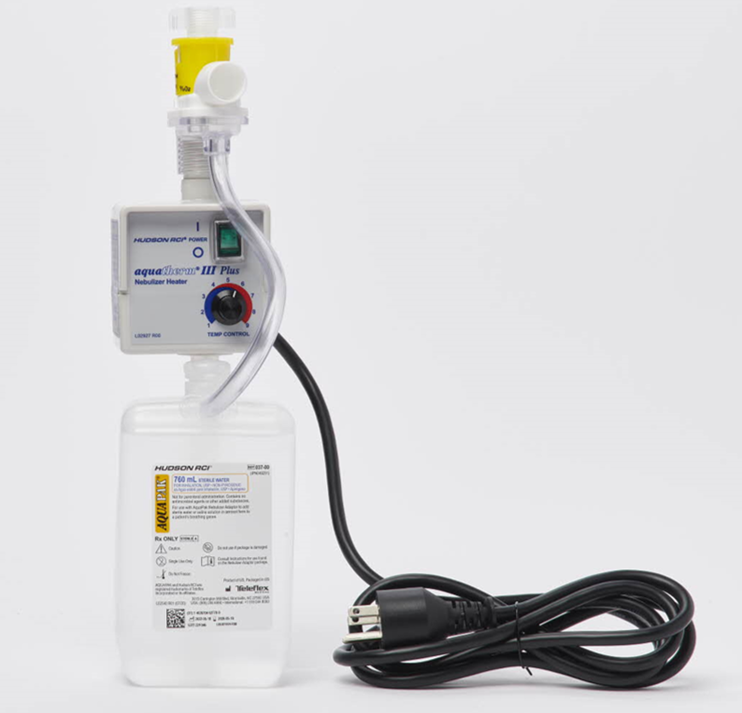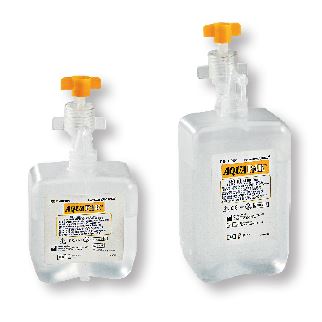

The primary goal of humidifying the oxygen delivered to patients is to prevent the drying of mucous membranes, the formation of thick and difficult-to-remove secretions, and the development of mucosal ulcers. Delivering cold and dry medical gases (oxygen: 15°C, relative humidity RH: 2%, absolute humidity AH: 0.05 mg/l) can cause mucosal irritation.
Humidification of oxygen is indicated for patients requiring high flow rates of oxygen, those experiencing discomfort due to dryness in the respiratory tract, and patients with thick and copious secretions. Regarding oxygen therapy accessories and flow rates, oxygen humidification is recommended for nasal cannula use at flows >1 l/min (newborns), >2 l/min (children under 2 years), and >4 l/min (children over 2 years and adults). For oxygen masks, humidification is recommended at flow rates >5 l/min.
High-volume nebulizers (LVN) allow the addition of water or saline particles to the gas mixture in the form of aerosol particles. The purpose of high-volume nebulization is to alleviate inflammation of the upper respiratory tract tissues, improve mucolytic functions, and thin and facilitate the removal of thick and dry secretions from the respiratory tract. This is supported by available guidelines from medical societies: “Humidification of oxygen is recommended for all intubated or tracheostomized patients. Humidifying and heating oxygen can be beneficial for patients with tracheostomies and very copious secretions” (Whittington Health NHS guidelines, 2015).
Skamex offers solutions for high-volume nebulization, enabling the nebulization of both water and saline, and providing therapy in both cold and warm models. The availability of the warm therapy model also translates to more effective humidification—based on scientific data, warm gas contains more moisture.